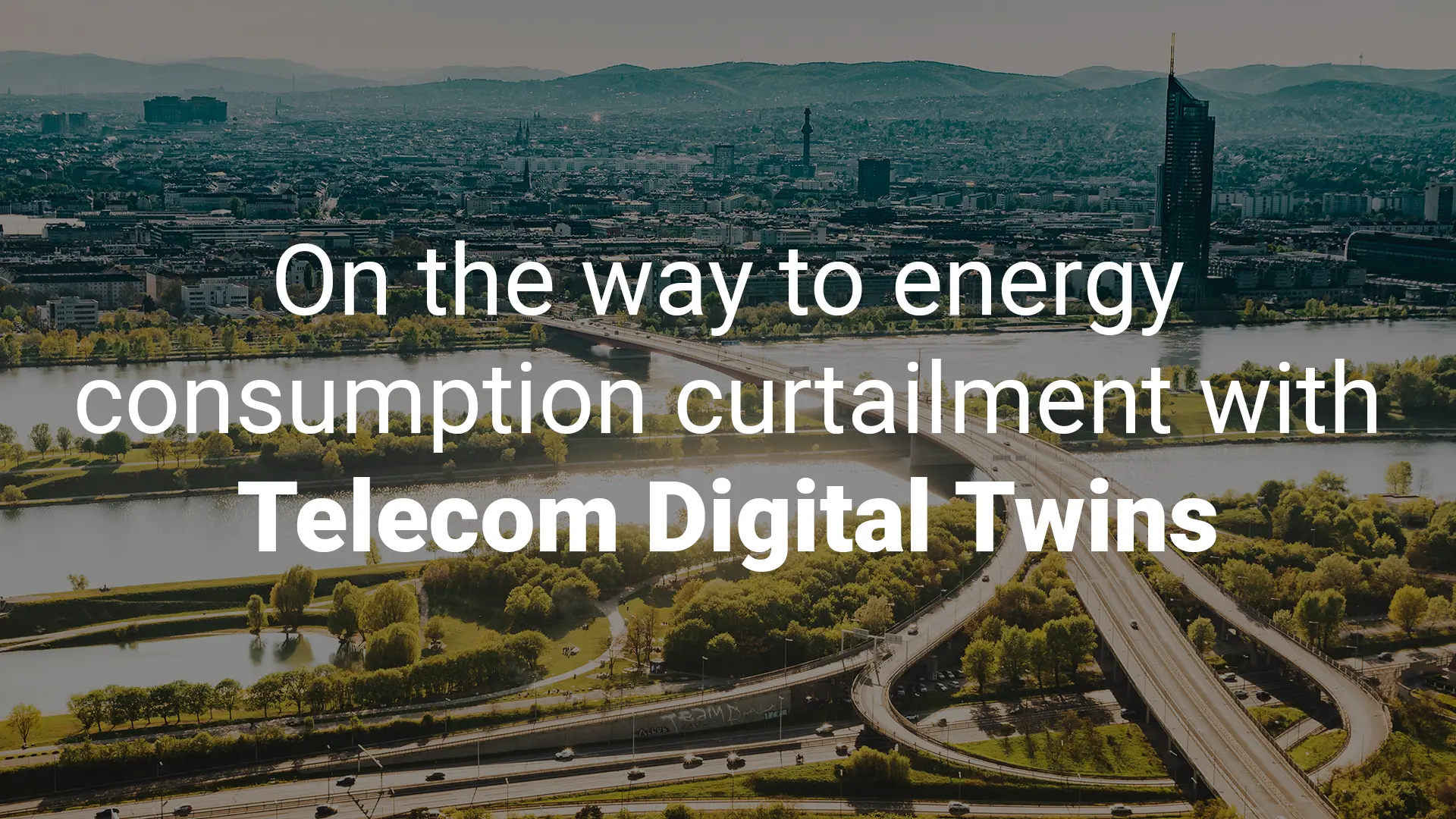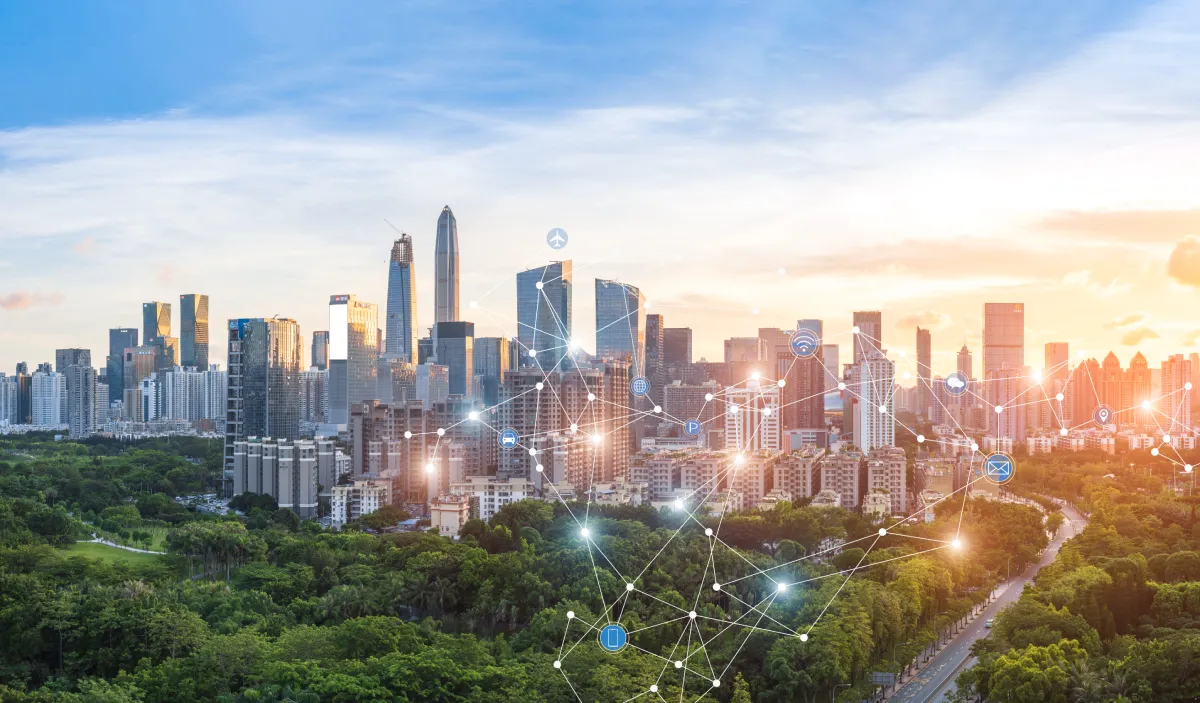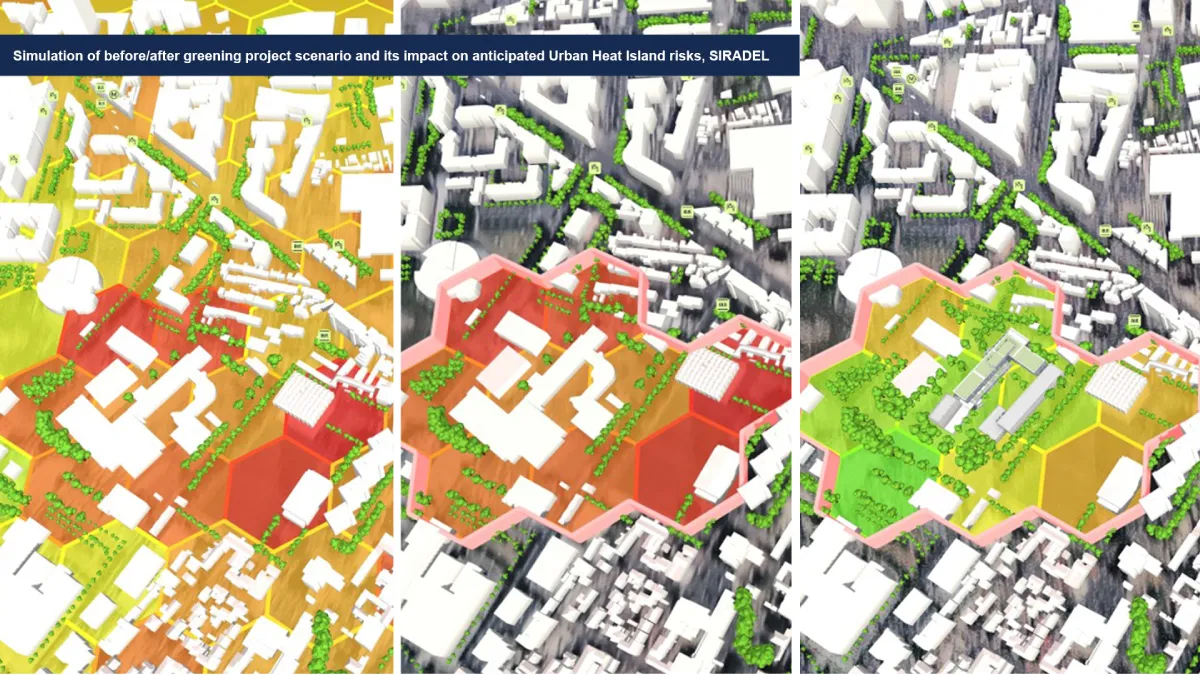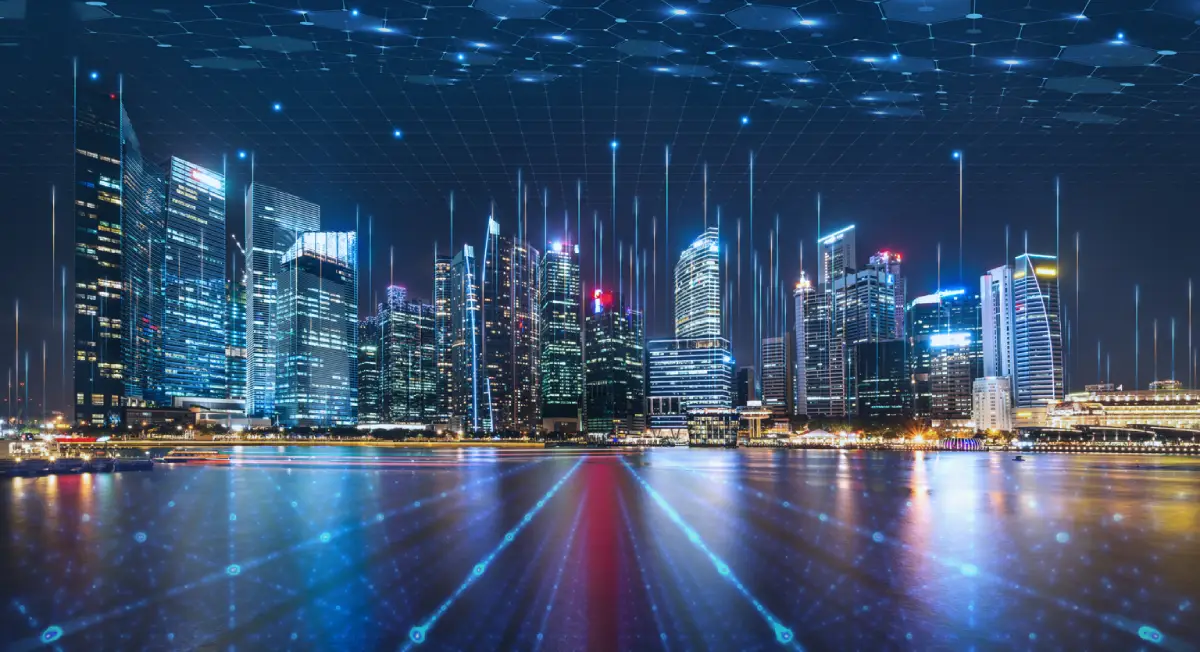Energy consumption, globally, is a major challenge, as is the preservation of our resources and the optimization of our infrastructures for the development of a more environment-friendly, more sober and therefore more sustainable world. The current context only reinforces the need to quickly find and implement lasting energy saving solutions. While digital today represents 5.5% of energy consumption worldwide and 2.5% of the carbon footprint in France (source: ADEME), new solutions are emerging to respond to this issue which affects industries all over the world, more and more of whom are making its resolution a priority.
Destination: Reduced environmental footprint!
If energy savings are a necessity and a challenge for many public and private sectors, they are just as important for telecom players. In addition to guaranteeing a high quality of service or the performance of their infrastructures, operators also face the challenge of optimizing the energy efficiency of their sites. With the emergence of new technologies, the increase in traffic or the future arrival of B5G/6G technologies (e.g. massive MIMO, RIS, etc.), it is important to acknowledge and control these parameters both in an environment and economic perspective. Considering this observation, the ARCEP (Regulation Authority for Electronic Communications, Posts and Press Distribution) aims to make the environmental impact reduction a new chapter of regulation and has, therefore, launched a study entitled “For sustainable digital technology”, the publication of the 2nd edition of which is expected in the spring. Proof that reducing the carbon footprint will be at the heart of the strategic axes of operators in the years to come.
A complementary expertise to reach energy efficiency and carbon-neutrality
Expert in wireless network design for nearly 30 years, we rely on a transversal and ecosystemic approach in connection with our long-term experience with telecom operators, equipment vendors, research centers and communities, which we support in their sustainable development strategies, to integrate the energy challenge into our solutions destined to telecom players.
As an example, our innovative Telecom Digital Twin solution, BLOONET (see previous article), allows mobile network operators (MNOs) to build an accurate digital replica of their assets, cross-reference a large amount of information on their services, measure and analyze the energy consumption of their sites, and couple them with advanced simulation & AI capabilities to predict how the network will evolve in the future, or test several solutions in the digital space before applying them in the real world. Operators then have the keys to anticipate the evolution of their networks and take actions to jointly reduce their environmental impact and optimize cost-efficiency.
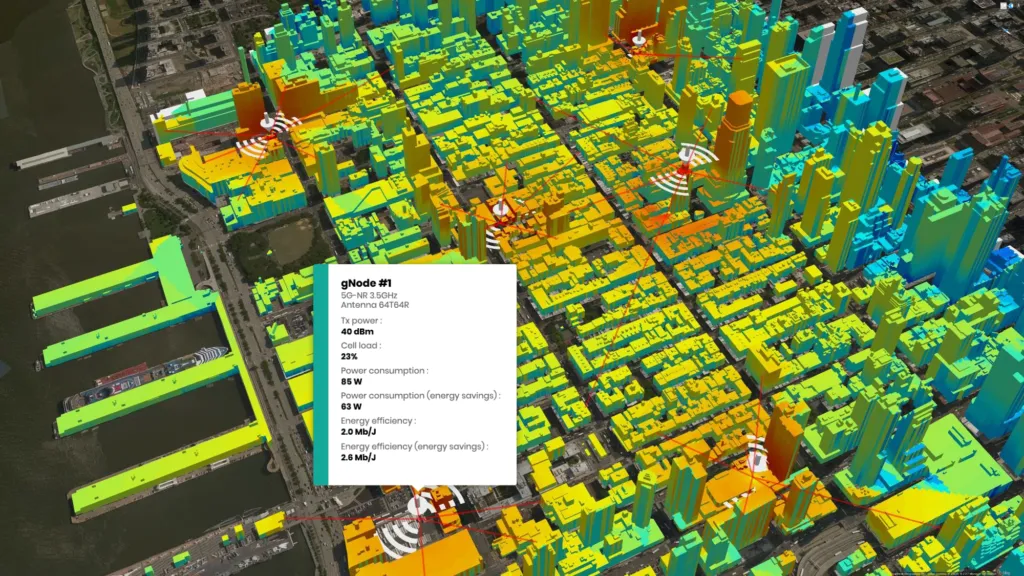
“With solutions such as BLOONET, we offer innovative and robust tools allowing MNOs to tackle their network planning challenges, including energy consumption optimization. Based on our transversal expertise and our experience in cross-functional projects, we are happy to contribute to the building of networks, and on a larger scale, of territories, which consume less energy” Julien Stéphan, Infra Network Design Director.
In collaboration with ENGIE, our mother company since 2016 and a leading global player in low-carbon energy and related services, we are reaffirming our desire to support operators in their energy and digital transition. With energy efficiency and sobriety as its spearhead, the ENGIE group helps its customers in the industrial and telecom world achieve carbon neutrality through tailor-made solutions.
‘‘ENGIE integrated model designed by Catherine MacGregor, ENGIE’s CEO, to reorganize the group, is clearly creating a unique experience for designing industrial solutions and execution for major Telecom and Towerco players. This model can effectively address the complexity of the energy sector to facilitate better visibility on pricing conditions and innovative solutions to decarbonize scope 1, 2 and 3. To achieve this tricky challenge, ENGIE leverages market risk management expertise, strong investments in renewables, leading edge capabilities in distributed energy solutions (PV, batteries, cooling technologies) and value driven advisory insights coming from our ENGIE Impact consultants and SIRADEL experts.” Jérôme Thomas, Global Client Executive for Orange from the ENGIE Key Client Office.
This week we are once again joining forces at Mobile World Congress, in Barcelona, where reducing the carbon footprint of mobile networks has gained momentum in recent years, to present our solutions at the service of optimized, sustainable, and energy-efficient infrastructure networks.
Meet us this week, at booth 6C30, Hall 6 to find out more.
